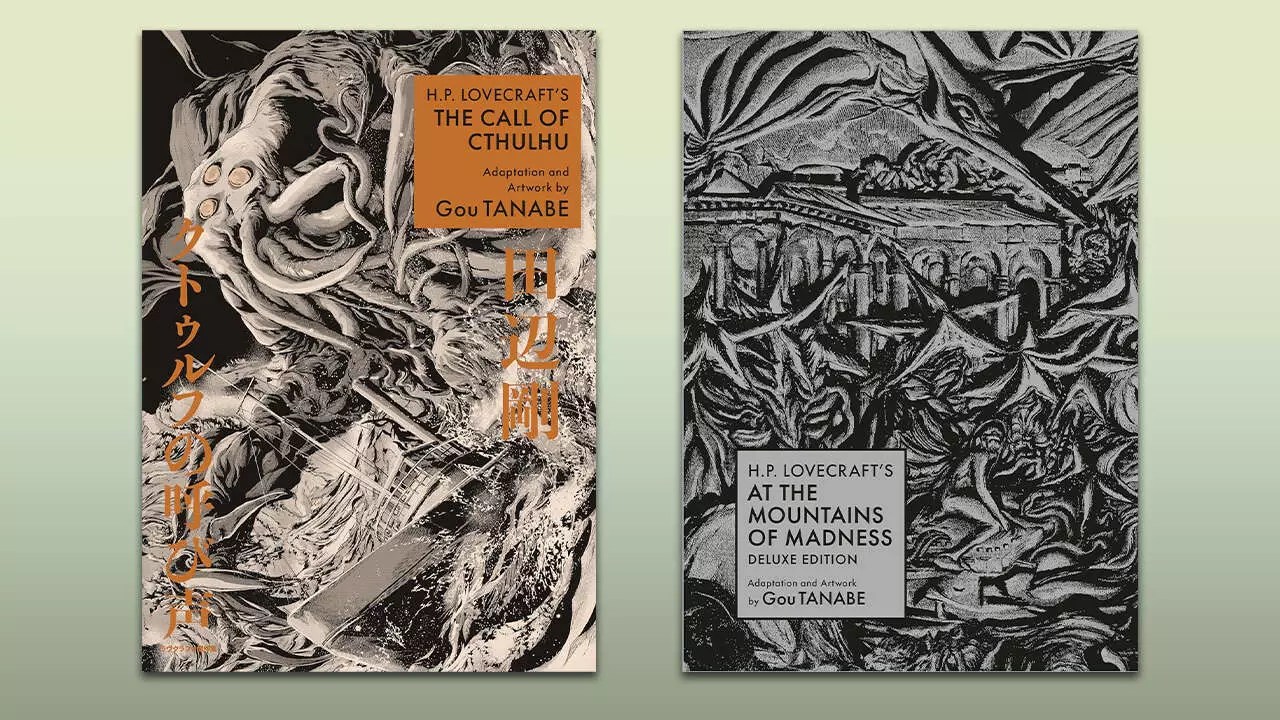The recent English translation of Gou Tanabe’s manga adaptation of H.P. Lovecraft’s The Call of Cthulhu is a significant cultural event, ideally timed for Halloween enthusiasts. This 288-page manga, published by Dark Horse, not only introduces Lovecraft’s horror to a broader audience but also transforms the narrative into a visual feast that can evoke the same eerie emotions as the original. With its unique aesthetic and immersive artwork, Tanabe succeeds in capturing Lovecraft’s haunting vision, making it an essential read for both seasoned fans and newcomers to the genre.
Affordably priced at around $20, with discounts available on platforms such as Amazon where it can be picked up for as low as $18, this adaptation is accessible to a wide range of readers. For those seeking a digital option, a Kindle edition is available for only $12. Compared to many graphic novel adaptations, this pricing structure encourages exploration and consumption of Lovecraft’s work without breaking the bank. It beckons fans of horror literature and manga alike to delve into its pages, transforming October into a month-long celebration of cosmic dread.
Originally published in 1928, Lovecraft’s story is succinct—clocking in at around 40 pages. This manga adaptation expands upon the original narrative, employing nearly 300 pages to illustrate scenes in detail. Tanabe’s meticulous artistic approach ensures that even the most subtle horror elements are explored, providing a deep dive into the unsettling atmosphere Lovecraft is renowned for. The dedication to rendering nuances of fear and existential dread through illustration is notable. In a world saturated with plot-heavy adaptations, Tanabe’s focus on visuals serves to enhance rather than dilute the narrative’s essence.
The stylistic choices made in this adaptation are particularly admirable. While predominantly presented in monochrome, the introduction of eight full-color pages is an enthralling contrast that accentuates pivotal scenes. These bursts of color breathe extra life into the work, influencing the reader’s emotional journey. Additionally, the book features silver ink on the title page, immersing readers further into the eldritch themes. The cover art pays homage to the chaotic ambiance of Lovecraft’s universe, drawing in readers at first glance.
The manga adaptation of The Call of Cthulhu is not an isolated event; it is part of a series of works that Gou Tanabe has been translating since 2014. Earlier this year, Dark Horse also released a Deluxe Edition of At the Mountains of Madness, a massive 626-page hardcover that contains immersive content richly adorned with tactile features like soft-touch lamination and foil gilding. The combination of thoughtful design and rich narrative ensures that these adaptations stand as trophies of horror literature.
Tanabe’s adaptations, available with translations by Zack Davisson, have fueled interest in Lovecraft’s wider body of work. For example, The Shadow Over Innsmouth and The Hound and Other Stories have found their way into English readers’ hands, emphasizing that Lovecraft’s themes of cosmic horror are alive and well in modern adaptations. Discounted collections, such as The H.P. Lovecraft Collection—featuring multiple iconic stories—are enticing options for readers eager to consume Lovecraft’s prose alongside these stunning manga interpretations.
As Halloween approaches, Gou Tanabe’s The Call of Cthulhu manga stands out as an exceptional tribute to one of horror literature’s most influential works. Its accessible pricing, stunning visual artistry, and meticulous expansion of the original narrative make it not just a book but an experience that invites readers into a labyrinth of cosmic dread. Both existing fans of Lovecraft and newcomers will find it impossible to resist this beautifully crafted exploration of one of the most captivating tales in literary history. Don’t let the season pass without diving into this manifestation of terror; the haunting whispers of Cthulhu await.


Leave a Reply